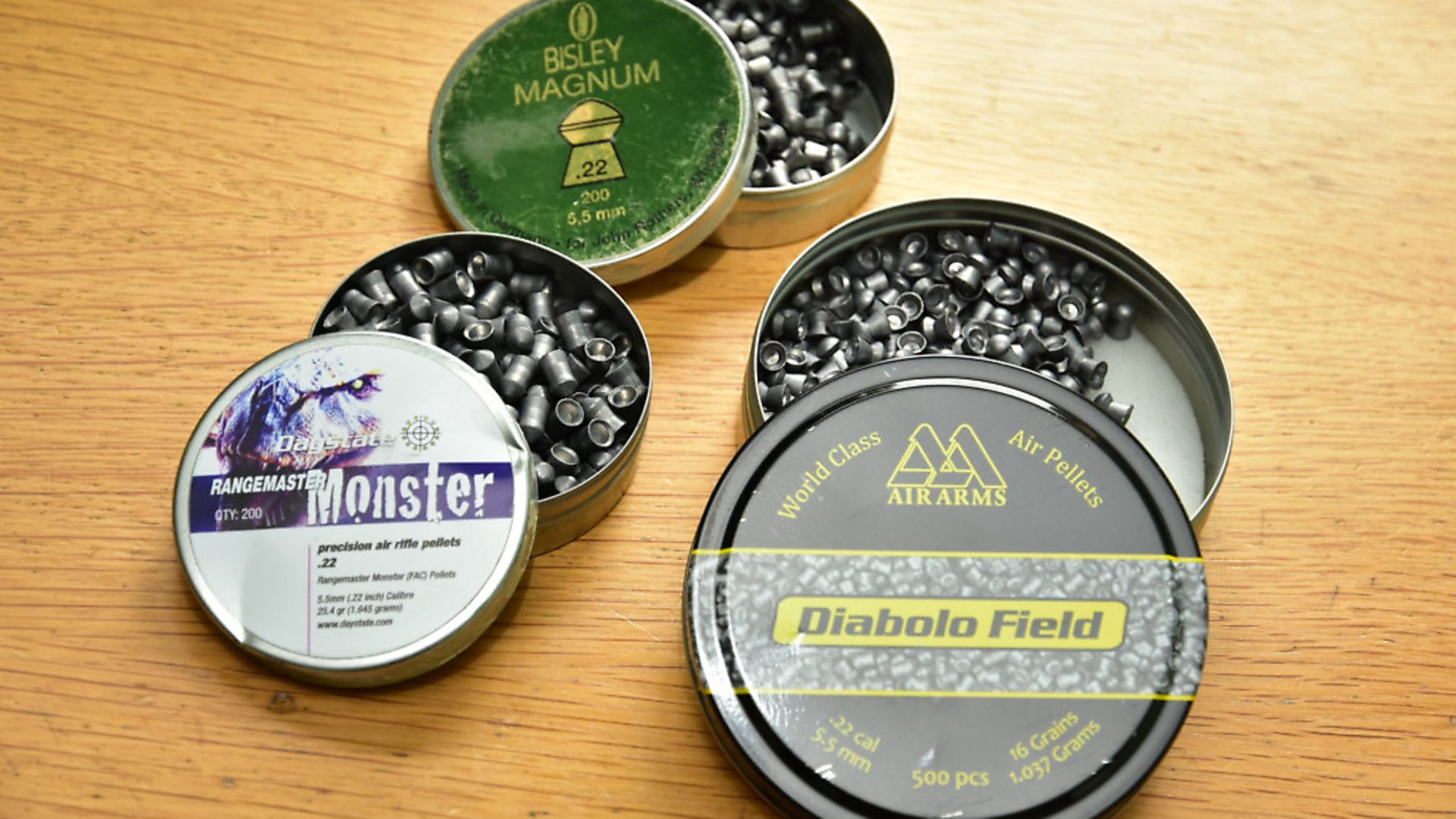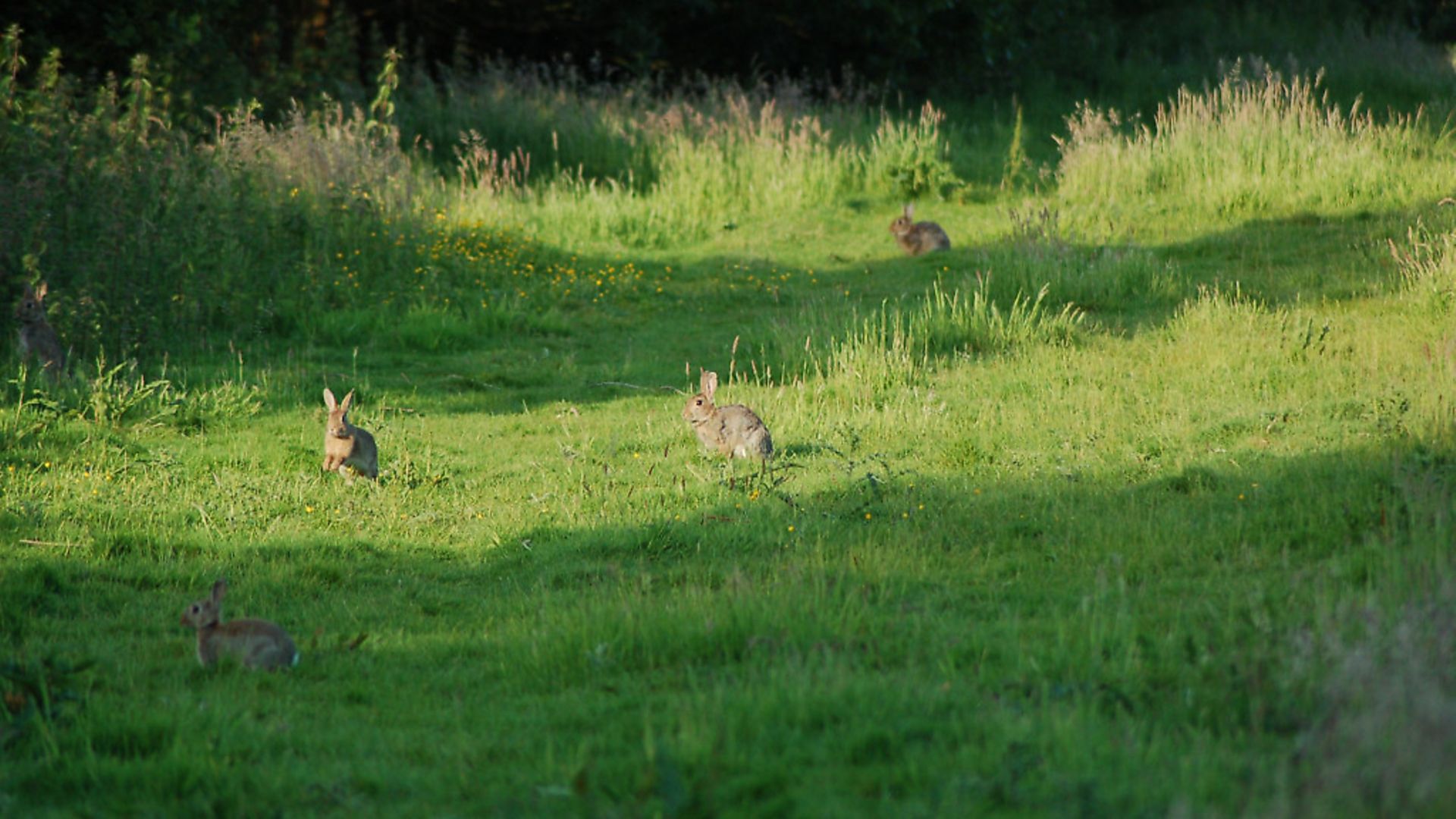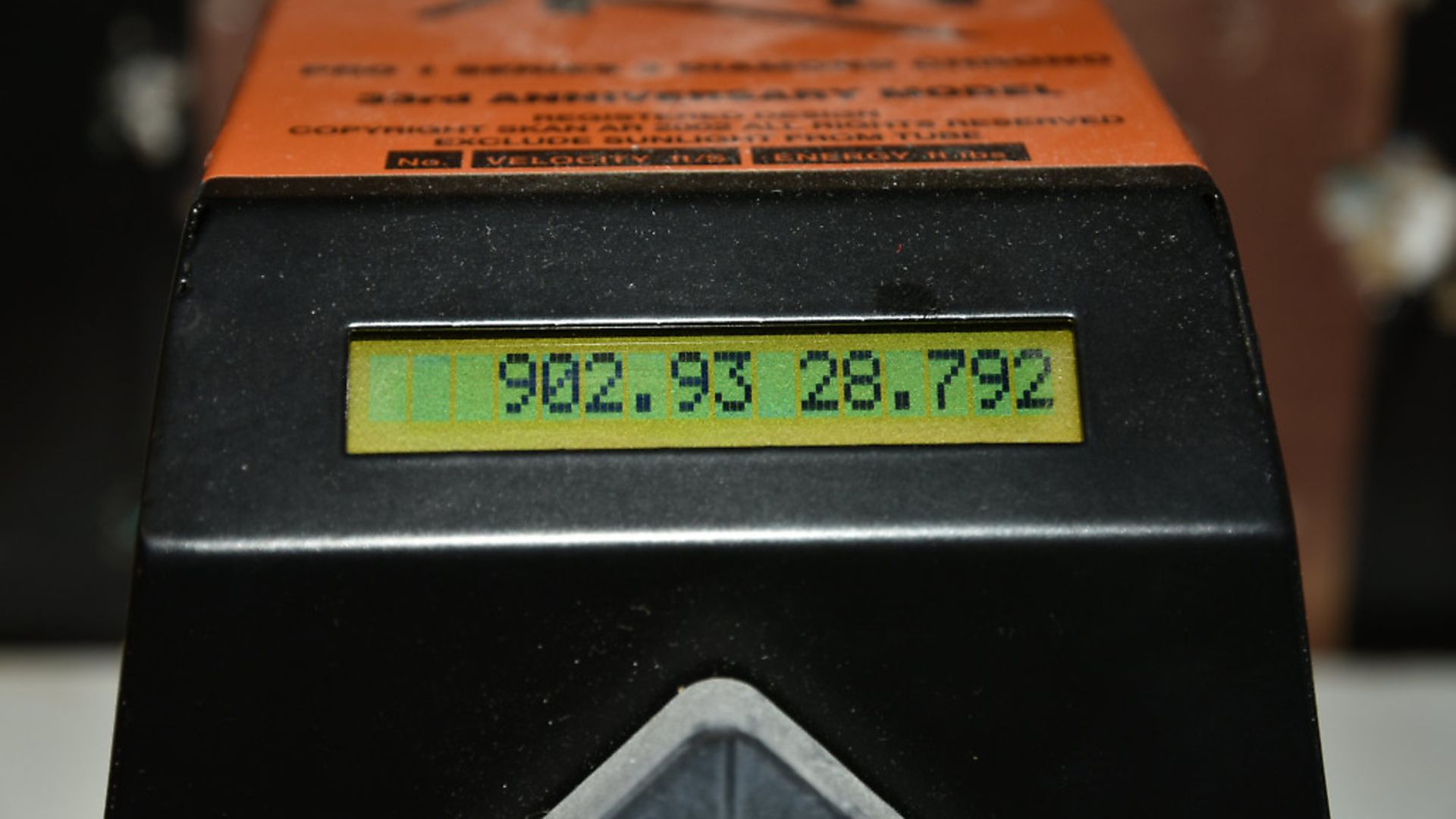Choosing the right pellet is not as easy as it might seem, the editor tells us
 credit: Archant
credit: Archant
One of the many things I like about my high-power (FAC) rifle is that it offers me a whole load of new areas to experiment with, not least of which is the humble pellet. Many people assume, wrongly in my opinion, that you should just choose the heaviest one you can and it will be the ultimate hunting choice. In some cases that might be correct, but I’ve had better results with middle-weight ones. Perhaps if I explain how I go about selecting the ultimate pellet for my use, all will become clear.
As with any gun, the most important criterion is accuracy. All the power you can buy will be of no use if you miss. Worse still, you might wound rather than kill cleanly, and every hunter worth his salt wants to avoid that. I take every pellet I consider a possible candidate to the range and then shoot groups slowly and methodically. This quickly eliminates the poor choices and allows me to look further into the remaining few.
 credit: Archant
credit: Archant
Old favourites
When I was setting up my Daystate Huntsman Regal .22, the old favourites – Bisley Magnum, the Air Arms Field Diablo, and the Diablo Field Heavy – all showed superb accuracy out to long range, so I knew that any one could work for my needs. Next, I chronographed them, not to find the amount of muzzle energy they delivered, although I’ll confess that I was interested.
Bisley Magnum: 795fps BC 0.035
 credit: Archant
credit: Archant
AA Field: 900fps BC 0.031
AA Field Heavy: 850fps BC 0.033
What I wanted to understand was just how fast they were flying. If I used this number, combined with the nominal ballistic coefficient (BC) shown in the Chairgun software, I’d be able to compare their trajectories and the effect the wind would have on their path.
My ideal pellet would fly as close to 900 feet per second as possible, for the flattest trajectory. When hunting, our quarry might appear at any distance and ranging errors are a major source of inaccuracy.
The flatter the pellet flies, the least adjustment we need to make to compensate for range. This ideal pellet would also be the least affected by the wind trying to blow it off course. We can make an estimation of just how powerful this effect will be to correct our aim, but it will be just an estimation. A pellet that is deflected the least is our friend in the field, again minimising the degree of correction we need to apply.
Too slow
It’s often thought that heavier pellets are least affected by the wind, but that’s not true either. The key factors are flight-time and BC, so I look for a fast-flying pellet with the highest BC I can find. The quicker the pellet arrives, the less time the wind can act upon it and an ultra-heavy pellet flies slowly. JSB makes the Monster in .22 that weighs over 25 grains, and has a muzzle velocity of 725fps from my gun.
Most .177 rifles at 12 ft.lbs. will outrun it, and that’s not what I want. The Bisley Magnum at 21 grains leaves at almost 800 fps, which is getting better, but still not fast enough for me. 900fps is the magic number because it’s about as fast as an airgun pellet can fly whilst maintaining top-class accuracy. I noted with interest that all the pellets in my final test group stayed below this velocity.
The Air Arms Diablo Field and Field Heavy are clearly very similar, with just two grains separating them and nothing to choose in the accuracy department. This made the final choice very interesting indeed. I cleaned the barrel, something I find important with high-power airguns, and retested the accuracy of the two finalists. Again, I couldn’t separate them, so I shot groups at varying ranges to try to separate them with their trajectories. This was fascinating, because they appeared identical, despite the difference in muzzle velocity.
AA winner
My conclusion was that although the Heavy started out 50fps slower, its superior BC allowed it to compensate over the flight time, which neutralised the difference. In other words, there was literally nothing to choose between them, so I settled on the more commonly available 16 grain version. Every good gun shop has them in stock, and that makes buying them more convenient.
I also have a theory that lighter pellets kill better than heavy ones, which I know goes against popular thinking, but that’s a discussion for another time. Some readers will have noted that the Bisley Magnum delivers more muzzle energy, but that’s of no concern to me. I’m certain that our quarry receiving any of these pellets through its brain will not be able to tell the difference. Even at 40 yards these pellets will be striking with over 20ft.lbs., which I assure you is enough to deliver a clean kill.
I hope that helps you to understand how I go about pellet selection. I know my thinking won’t sit well with everybody, but I trust the numbers and the results I’ve seen with my own eyes.